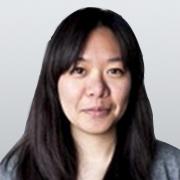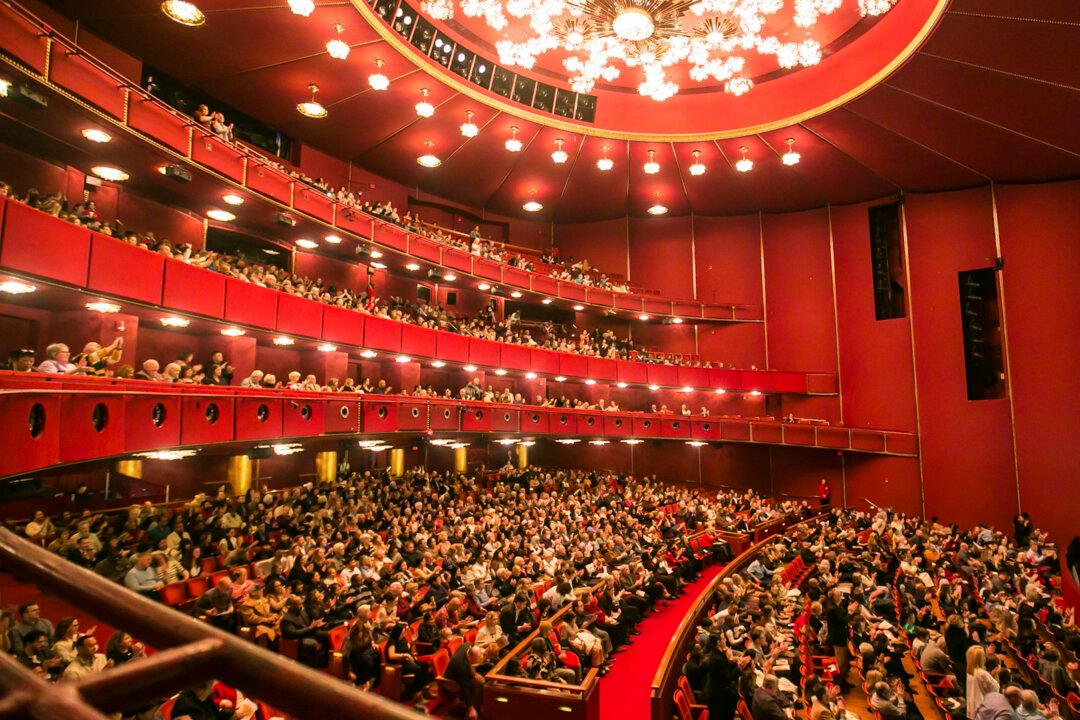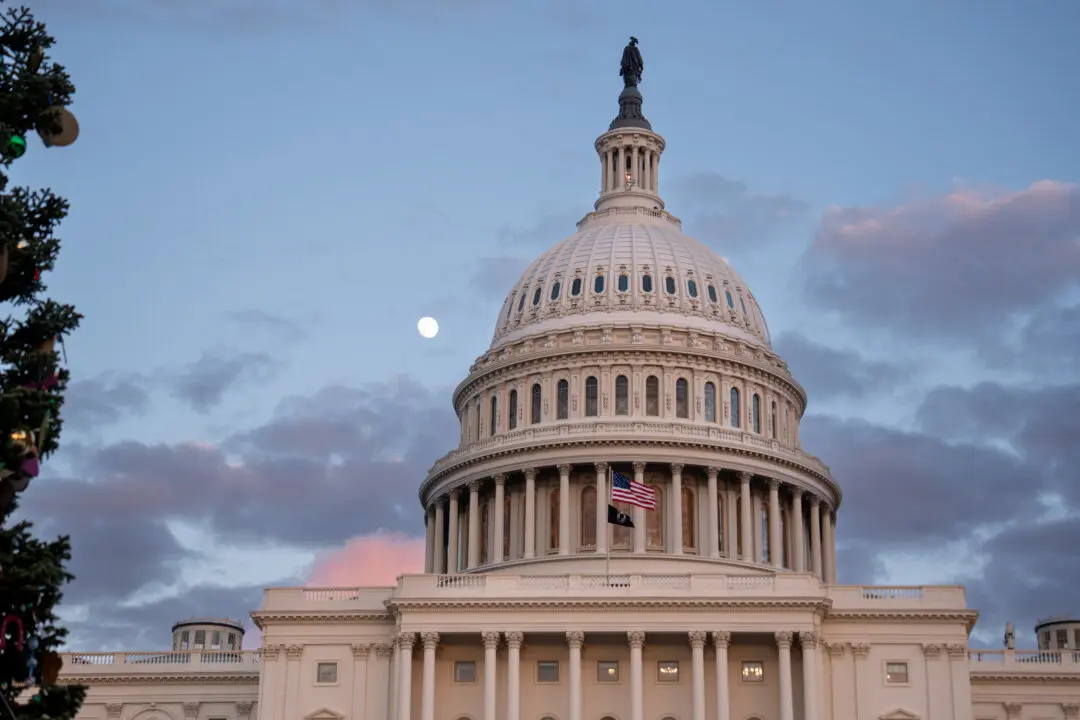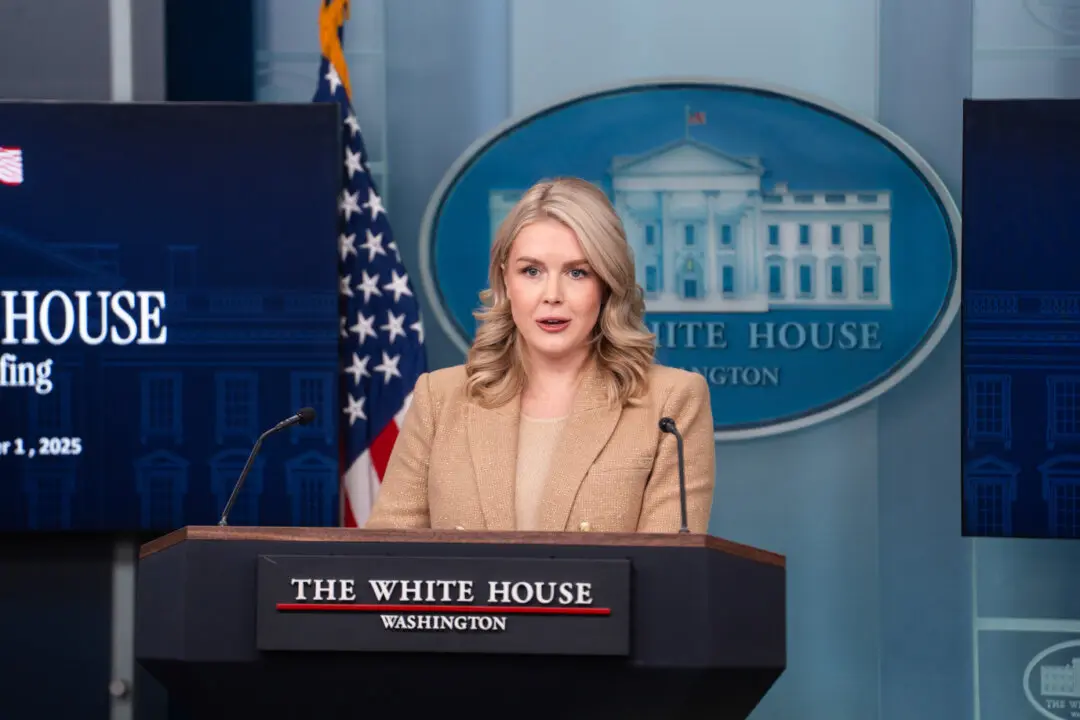Take a walk through Lincoln Center’s Josie Robertson Plaza in the early evening on Saturday, Aug. 13, and you may notice the person next to you break into song, as will the person across the fountain, and then the next person, and the next.
The plaza around the fountain will fill with over 1,000 people, trickling in from all edges, people from all boroughs of New York City, each singing a different piece of the puzzle until it culminates into one chorus of faith and togetherness.
The title of the piece is “the public domain,” and the idea is to build a community in the span of 40 minutes, right before your eyes, according to David Lang, the composer of the piece.
“I wanted to find something universal,” said Lang a week before the performance, which will be conducted by Choral Director Simon Halsey of the London Symphony Orchestra at 5 p.m.
This is not the first time the prolific Pulitzer Prize-winning composer has written for a thousand voices. In 2014, Halsey conducted the premiere of “crowd out,” which Lang wrote for a group just as large. Lang had been inspired by the impromptu chorus he found himself a part of during an Arsenal F.C. match, when the audience broke out into song. He played with the idea of being lost in a crowd, the idea that you lose the ability to control your own destiny when you give yourself over to this larger organism.
“With ’the public domain,' I wanted to do the opposite,” Lang said. This is about “trying to get along with each other,” and he wanted to focus on things we all share.
And it will only work if you believe it will, he said.
Leap of Faith
Over the summer, groups of close to 200 people from each borough met to rehearse a song that will not come together fully until it is performed around the famous fountain at Lincoln Center Plaza.
These amateur musicians, some of whom had absolutely no singing or musical experience, were required only to bring their enthusiasm and willingness to participate in order to make “the public domain“ a reality. The piece was commissioned by the Lincoln Center as the centerpiece of the 50th annual Mostly Mozart Festival.
When you hear it performed, Lang wants passersby to feel like they could have been a part of the chorus if they had shown up. He’s participated in the rehearsals here and there as they came up—one was held just two blocks from where he lives—and they’ve been festive. “It certainly works like something they’ve never experienced before,” he said. The rehearsals were fun, they were happy, and they were incredible acts of faith, as he describes it.
For the lyrics, Lang went to the internet to find what we as people hold most dear. It would have been easy to go down any of the millions of rabbit holes of click-bait or divisions or negativity, so he had to filter what he found. He had to refine and refine the questions and answers that he thought would have us think about our ways of relating to people who don’t look or think like us, and still bring us all together.
“Music is capable of a lot of things that we don’t recognize,” he said. “Music is a place where people communicate things that you can’t with words or with pictures.”
Music, to him, communicates things so deep in us that it comes from a pre-intellectual place.
It communicates things we all feel and we all have, he said. It’s universal. And with “the public domain,” he wants universal messages conveyed with the universal means of music.
As Lang describes it, he became a classical composer incidentally—he just happened to be exposed to classical music first. But the roots of the genre and period seem to connect deeply with his own beliefs.
There’s an element of faith involved, because we only need music so long as we believe we need music, he explained, and that’s probably why music has always been part of religion. Lang has a religious background himself, and the idea of faith is always somewhere in the underpinning of his works.
And faith is something in Bach’s works that Lang deeply appreciates.
Johann Sebastian Bach largely wrote religious music in the Baroque period because the church was a main employer, but also because he was a religious man. When you listen to his music, “you actually get his idea of what it means to believe something,” Lang said. You get to see “things [Bach] loves most in himself, which is his faith.”
It inspires the listener to question themselves and find their faith, Lang said. “I think there is something very noble in putting everything into something you cannot touch and cannot prove. Very inspiring, too.”
Participating in Music
Lang is one of the most widely performed American composers, and his large repertoire may have come from the mindset that set him off on the course of music when he was just 9 years old.







